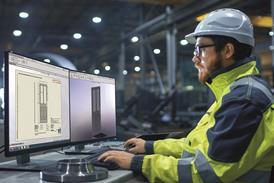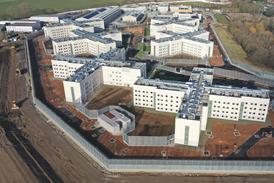Biometrics is the automated means of recognising a living person by either a physical or behavioural trait which is unique to that individual and, therefore, cannot be passed on or duplicated easily, writes Nigel Smith.
Some of the more familiar biometrics include fingerprint reading and facial recognition. Currently, fingerprint-based technology is the most widely used and accepted, but many other biometric techniques are possible. These include voice recognition, retina, signature, facial geometry and DNA matching. Some of these techniques are a long way off from being refined. However, due to the massive growth of the biometrics sector it’s likely that several of these new identification methods will be made available at some point.
Indeed, biometrics will offer an unparalleled advance to access control systems of the future, providing for the first time irrefutable proof that the person allowed into, say, an office or factory is the person they claim to be.
Until now, ID badges or tags have enabled people to enter premises. Modern versions of these solutions use PC-based technology to produce transaction logos, audit trails and interrogation facilities. However, the weak link in these systems has been that, while the latest smart card technology may swiftly (and effectively) see someone through the barriers, turnstiles or doors, it will not provide proof that the person with the badge is the authenticated user. Biometrics can provide that missing link.
In the majority of applications, it will still be necessary to use a method of identifying the person before applying biometrics for authentication. A badge, smart card or tag determines the person, and the biometric system checks the details of that person against a recorded template (after which access is then denied or granted).
The process of obtaining an initial biometric template is enrolment. This needs to be thorough and verified.
Source
SMT
Postscript
Nigel Smith is chairman of the BSIA’s Access Control Section




















No comments yet